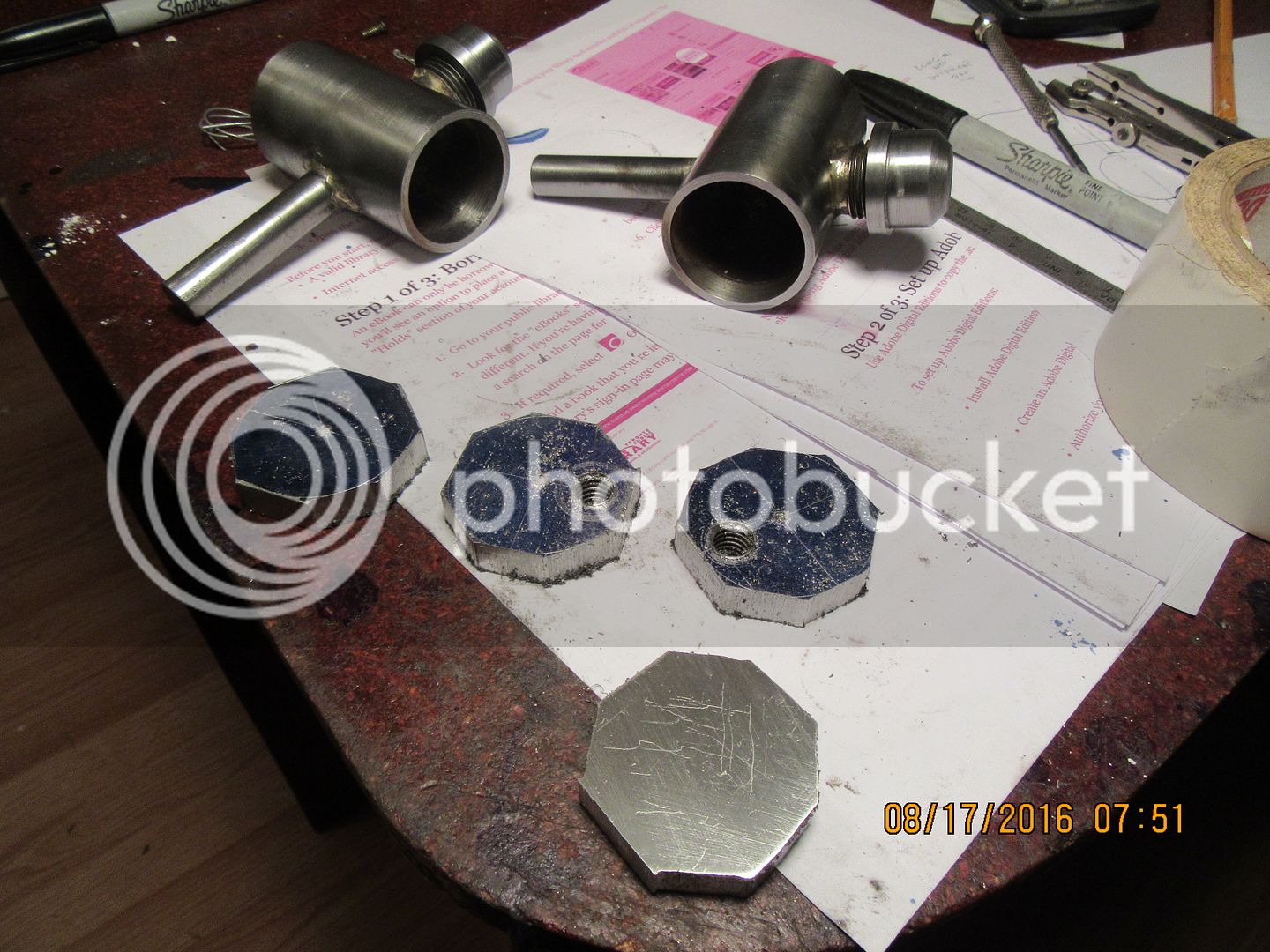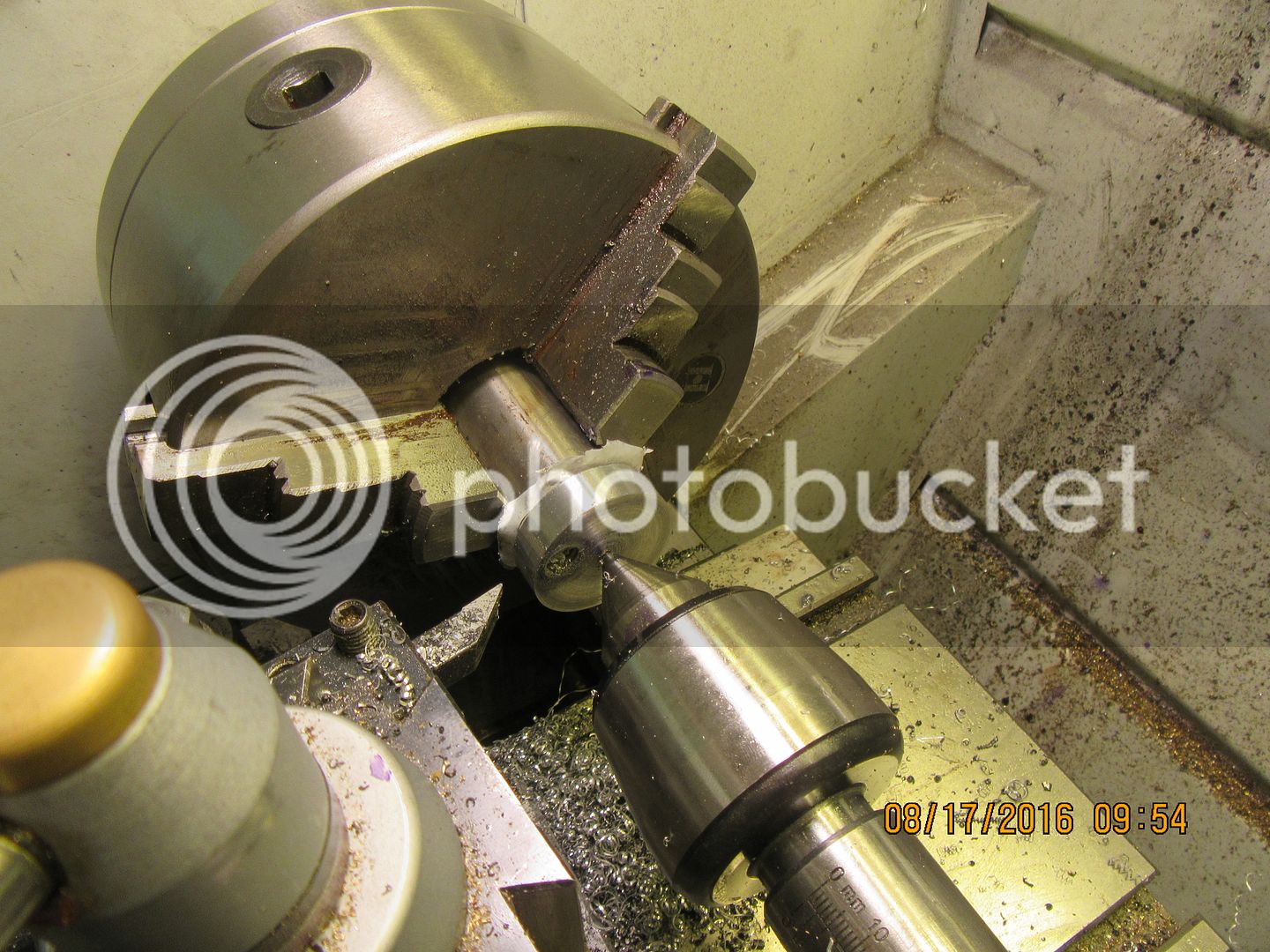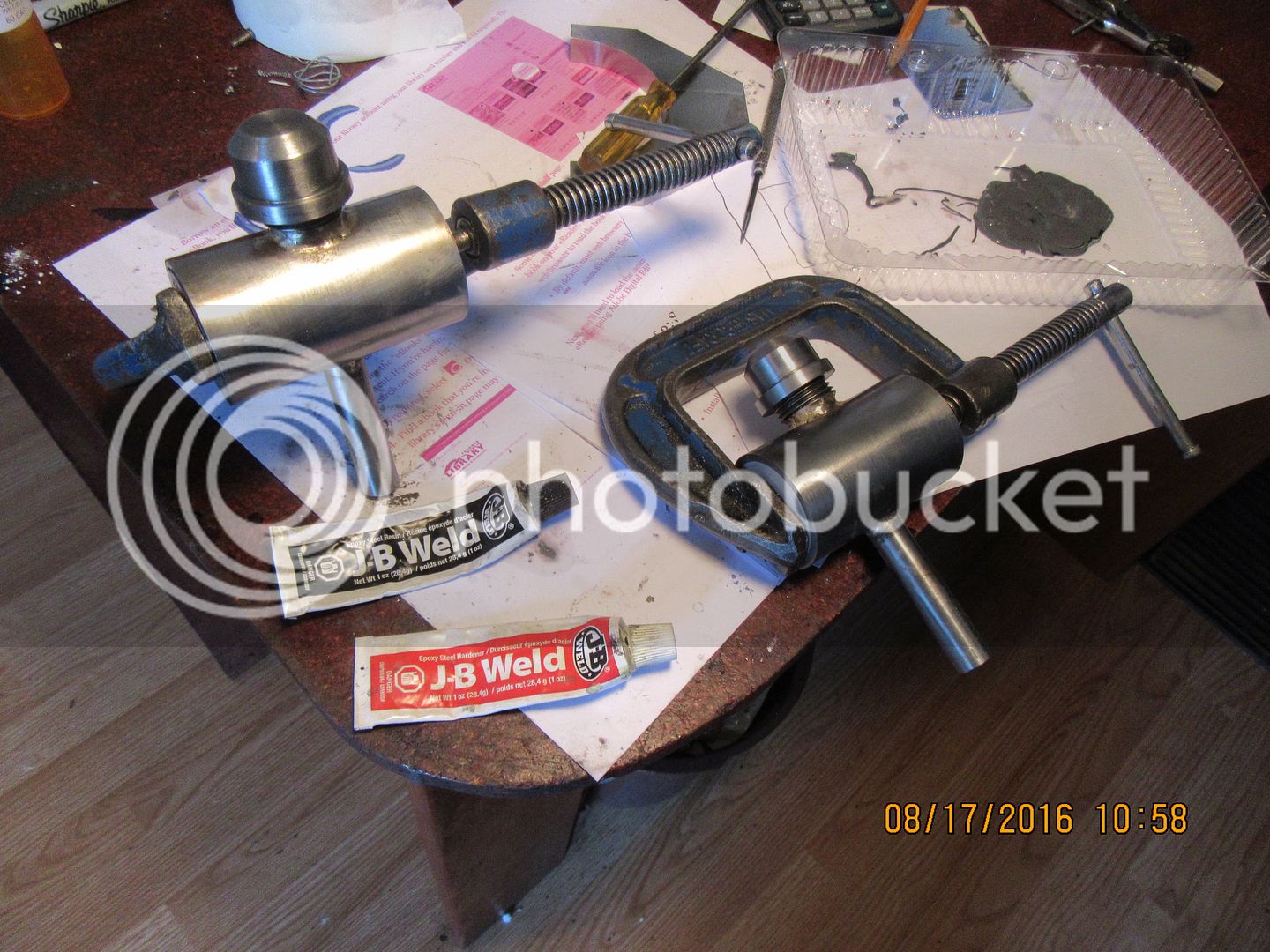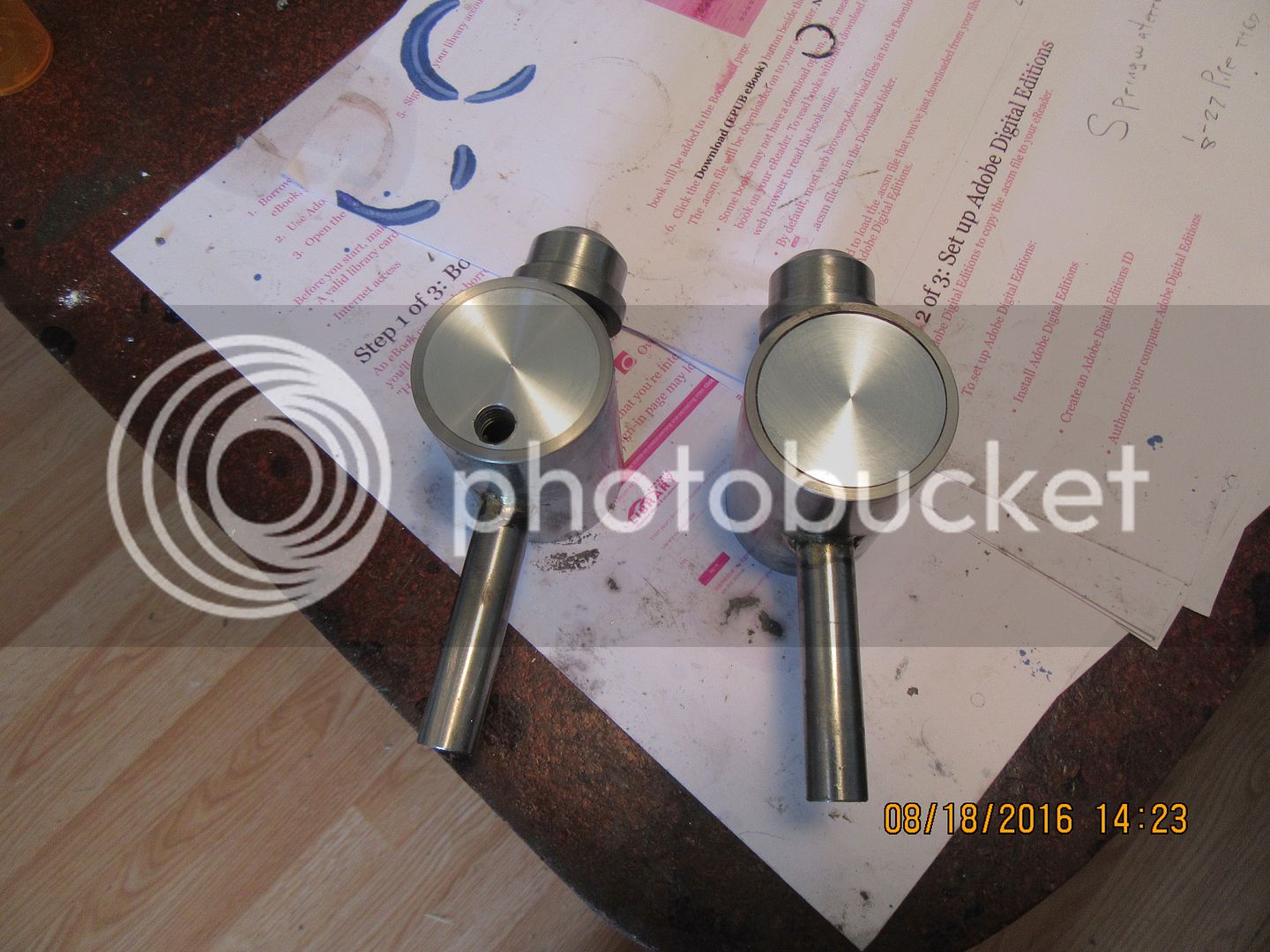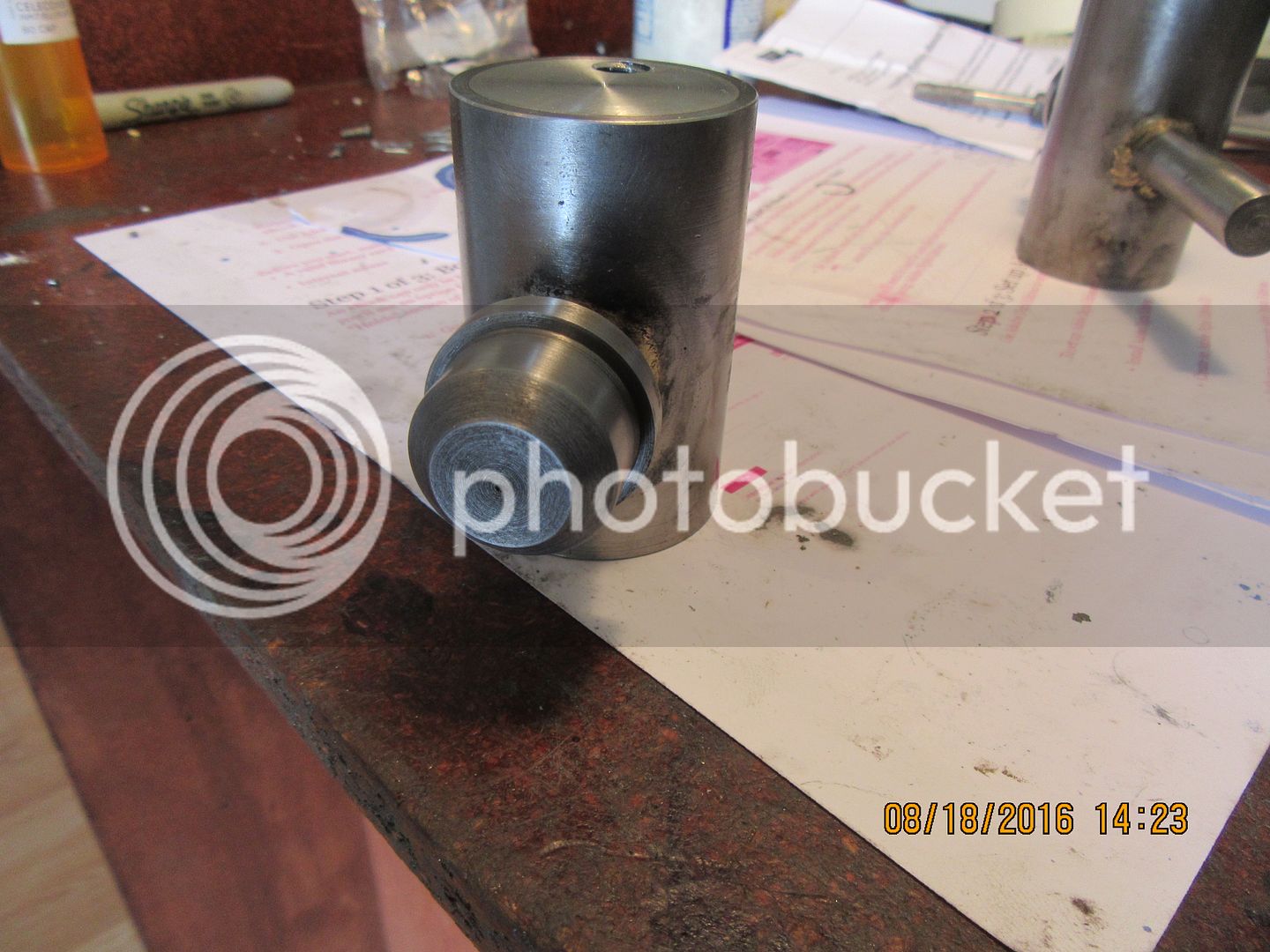Folks--be Aware--The drawing titled "Vertical cylinder-Rupnow engine" is a two sheet drawing. When you print that out you may get both sheets, which is fine, or you may just get one sheet with overall dimensions on it, and wonder what happened to the general arrangement sheet with the bill of materials on it. You may have to manually manipulate that particular pdf to show and print the second sheet.---And--If you have any questions about the ignition cam, the flat is tangent to the 0.625" diameter.---Brian




![DreamPlan Home Design and Landscaping Software Free for Windows [PC Download]](https://m.media-amazon.com/images/I/51kvZH2dVLL._SL500_.jpg)






